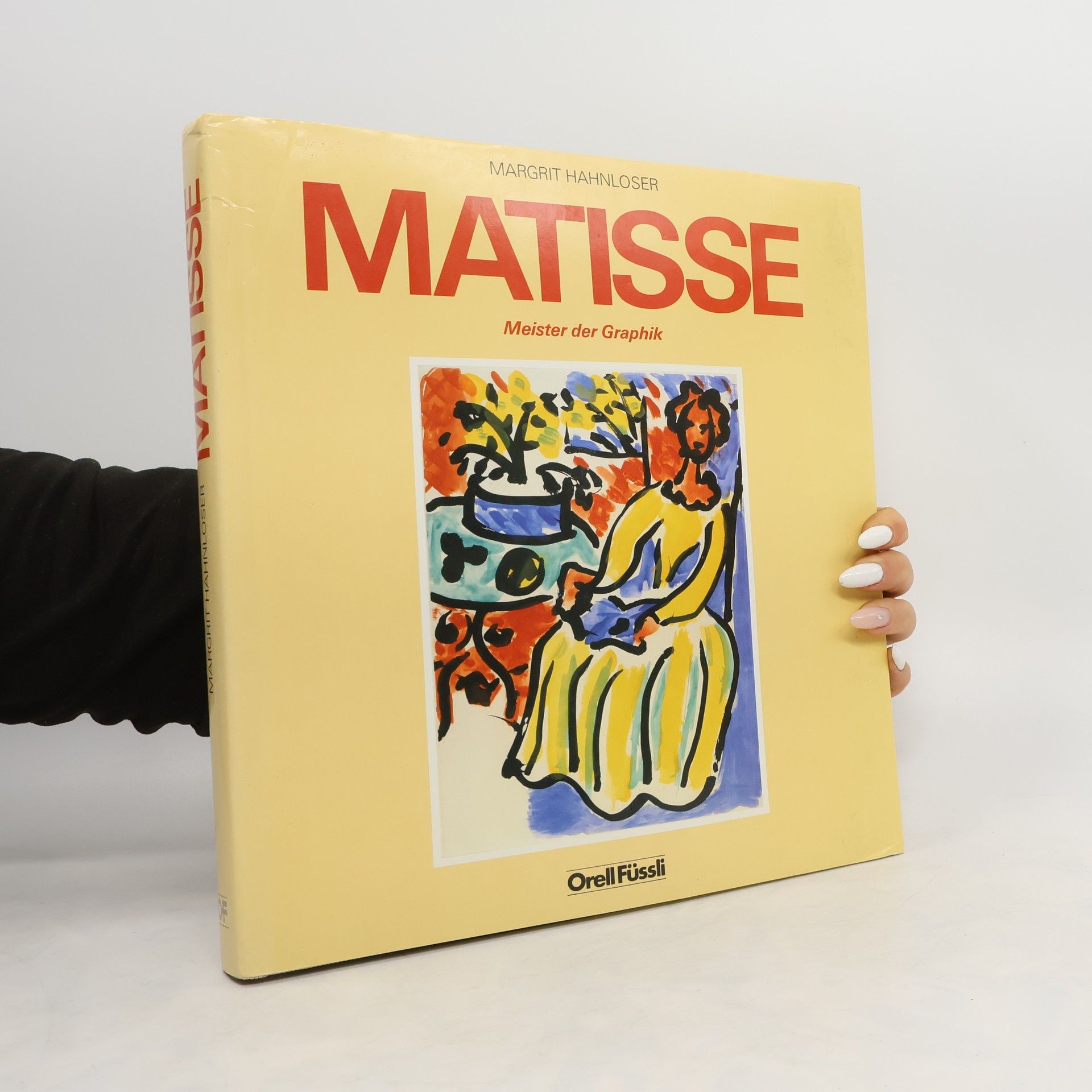In this beautifully illustrated book, the forty year friendship between Henri Matisse and Pierre Bonnard becomes a platform for new perspectives on the development of the European avant-garde. "Long live painting!" With this rallying cry, Henri Matisse, greeted his colleague Pierre Bonnard on a 1925 postcard from Amsterdam. Widely considered two of the greatest painters of French modernism, they were united by a forty-year-long friendship and a keen appreciation of each other’s work. This catalogue offers fascinating insights into their artistic dialogue. Focusing throughout on their creative exchanges, it highlights their respective contributions to the development of modern art, from the beginning of the twentieth century to the end of the Second World War. Comprising over 100 paintings, sculptures, drawings, and prints, the book makes palpable the many intersections between their artistic visions, and investigates their shared interest in subjects such as interiors, still life, landscape, and the nude. Scholarly essays and thematic introductions to their oeuvres provide a wealth of information on the two colleagues and friends gained from their writings and correspondence as well as archival material. Another highlight is a series of iconic photographs taken by Henri Cartier-Bresson, who visited both Matisse and Bonnard at their much-fabled houses in the South of France.
Margrit Hahnloser Ingold Livres




Die über 100-jährige Kunstsammlung von Arthur und Hedy Hahnloser-Bühler hat ihre Heimat in der Villa Flora in Winterthur. Diese Sammlung zeichnet sich durch die Dichte und Qualität der Werke bedeutender Künstler der Nabis und Fauves aus, mit denen das Ehepaar lebenslang in engem Kontakt stand. Ihre Freundschaften führten nicht nur zu einzigartigen Kunstschätzen, sondern auch zu wertvollen Briefdokumenten, die einen lebendigen Einblick in die Pioniersammlung im damals wenig erschlossenen Kunstmarkt von Paris bieten. Erstmals werden die Beziehungen zwischen dem Sammlerehepaar und den Künstlern untersucht, was Kunstinteressierten erstaunliche neue Erkenntnisse liefert. In den 1940er-Jahren wird die Sammlung durch Arthurs Bruder Emil Hahnloser ergänzt, der erfolgreich die Geschäfte der Textilhandelsfirma in Alexandrien führte und 1940 kinderlos in New York starb, wobei er auserlesene Kunstwerke hinterließ. Die Zusammenstellung seiner Lebensdaten bietet erstmals Einblicke in diese wenig bekannte Sammlerpersönlichkeit. Seit 1995 ist die Villa Flora teilweise als Museum zugänglich, und Wechselausstellungen gewähren Einblick in den reichen Fundus der historischen Sammlung.